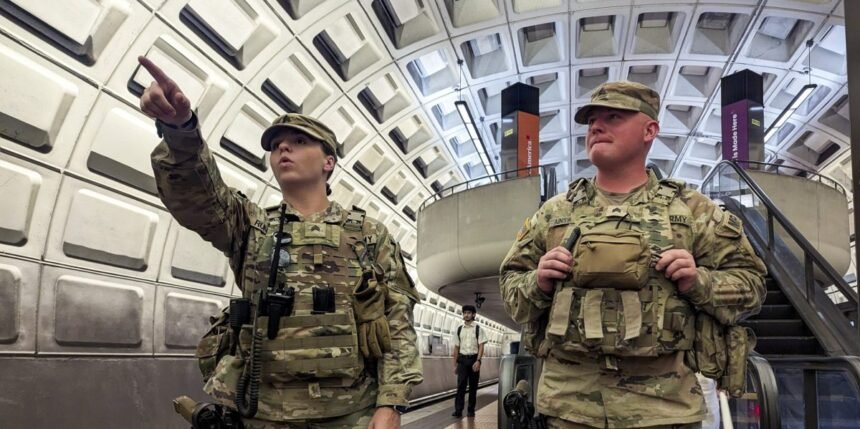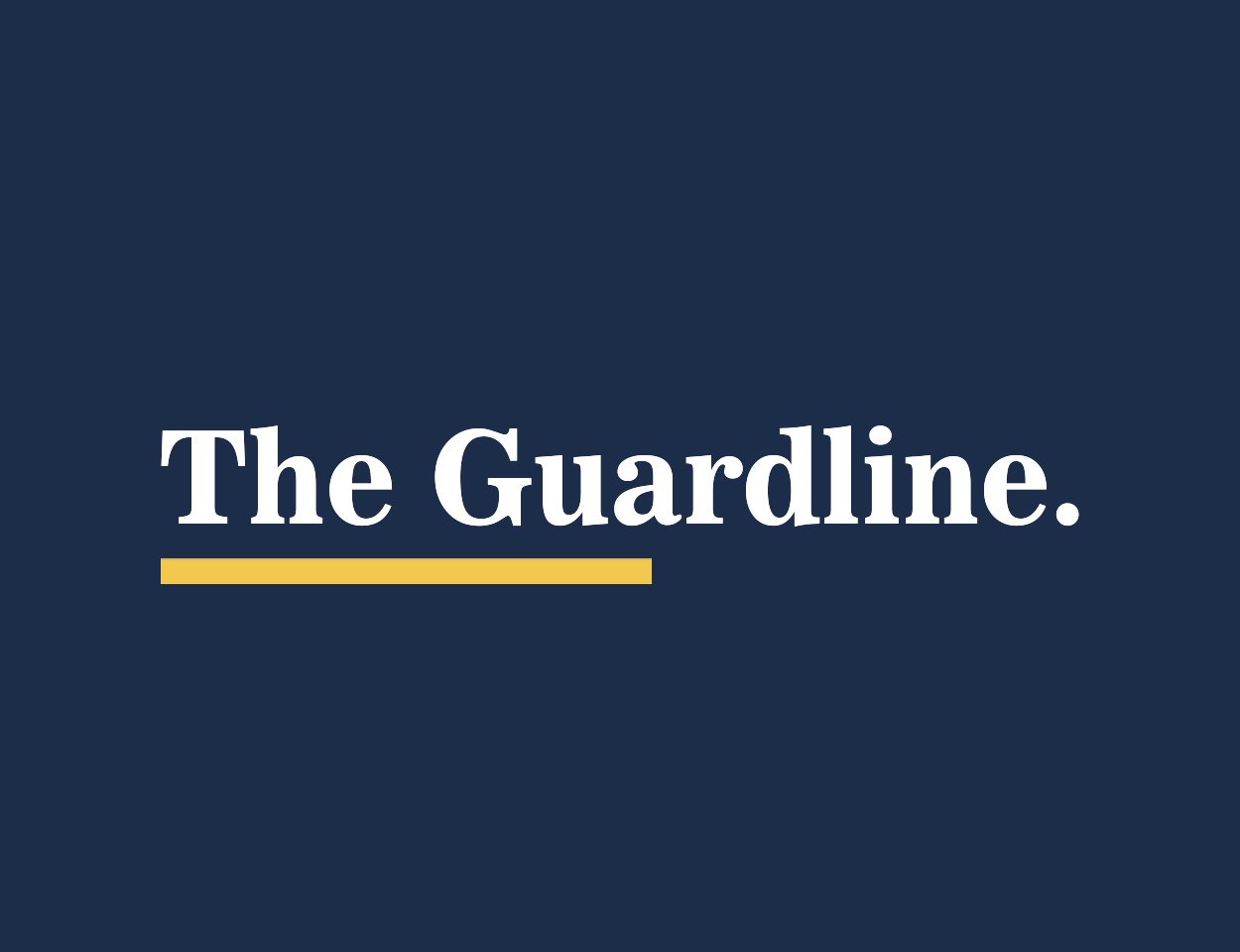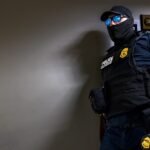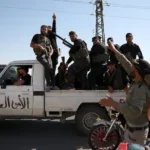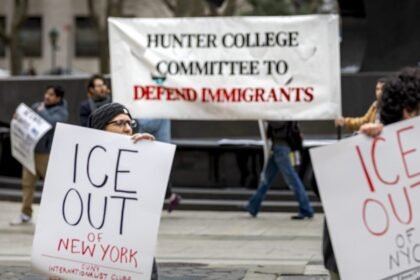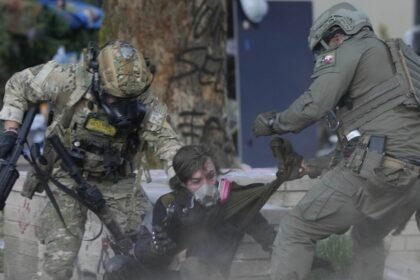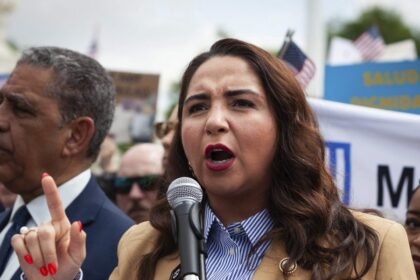The Guardline
President Donald Trump’s plan to add Chicago to the list of American cities under U.S. military occupation could cost almost $1.6 million per day, according to an expert estimate furnished exclusively to The Intercept.
Illinois Gov. JB Pritzker said Tuesday that members of the Texas National Guard are poised to deploy to Chicago. Texas Gov. Greg Abbott’s office disputed this claim. Trump, when asked about his plans to send National Guard troops to Chicago, said, “We’re going in,” but added, “I didn’t say when.”
“In the coming days, we expect to see what’s playing out in L.A. and D.C. happen in Chicago,” Pritzker posted to X on Tuesday. “These efforts are not about fighting crime or making communities safer. This is about Donald Trump testing his power and producing political drama to cover up his own corruption.”
An analysis by Hanna Homestead of the National Priorities Project, a nonpartisan research group, found that if Trump deployed 3,000 National Guard troops to Chicago it would cost taxpayers around $1,590,000 per day. It’s the latest runaway expense — expected to climb into the hundreds of millions or even billions of dollars — connected to Trump’s efforts to turn the U.S. into a genuine police state.
“Deploying National Guard troops to Chicago is only going to add to taxpayers’ growing tab for these law-and-order optics,” said Stephen Ellis, the president of Taxpayers for Common Sense, a nonpartisan budget watchdog group. “Spending millions of dollars a day on troops milling about major American cities is a waste of their time and squanders precious resources.”
A federal judge ruled on Tuesday that Trump’s deployment of troops to Los Angeles was illegal and harkened back to Britain’s use of soldiers as law enforcement officers in colonial America. He warned that Trump intends to transform the National Guard into a presidential police force.
It remains unclear whether that judicial decision will be enforced. Given the Supreme Court ruling earlier this year decreeing that federal district courts cannot issue injunctions against federal policies nationwide, any decision on a Chicago occupation would have to come from a case of its own.
Trump has threatened to deploy troops to Chicago for weeks, following militarized crackdowns in Los Angeles in June and in Washington, D.C., last month. “I will solve the crime problem fast, just like I did in D.C. Chicago will be safe again, and soon,” Trump posted to TruthSocial on Tuesday, the same day that the federal judge deemed the California troop deployment illegal.
Trump signed a wide-ranging executive order last week directing the Defense Department to take a larger role in domestic law enforcement, as he threatens to deploy troops to numerous cities led by Democratic mayors in states with Democratic governors. Trump directed Secretary of Defense Pete Hegseth to create “a specialized unit within the District of Columbia National Guard” to police “the Nation’s capital” and ready each state’s National Guard to assist in “quelling civil disturbances.” The order stated that the defense secretary “shall ensure the availability of a standing National Guard quick reaction force that shall be resourced, trained, and available for rapid nationwide deployment.”
Experts, including a federal judge, say that the increasing use of military forces in the interior of the U.S. represents an extraordinary violation of the Posse Comitatus Act, a bedrock 19th-century law fundamental to the democratic tradition in America that makes it illegal to use federal troops on domestic soil as a presidential police force.
“Congress spoke clearly in 1878 when it passed the Posse Comitatus Act, prohibiting the use of the U.S. military to execute domestic law. Nearly 140 years later, Defendants—President Trump, Secretary of Defense Hegseth, and the Department of Defense—deployed the National Guard and Marines to Los Angeles, ostensibly to quell a rebellion and ensure that federal immigration law was enforced,” is how U.S. District Judge Charles Breyer began a 52-page ruling issued on Tuesday that found Trump’s deployment of troops to Los Angeles was illegal. “Yet there was no rebellion, nor was civilian law enforcement unable to respond to the protests and enforce the law.”
“There was no rebellion, nor was civilian law enforcement unable to respond to the protests and enforce the law.”
Breyer ruled that the Pentagon systematically used armed soldiers to perform police functions in California in violation of Posse Comitatus and planned to do so elsewhere. “President Trump and Secretary Hegseth,” he wrote, “have stated their intention to call National Guard troops into federal service in other cities across the country … thus creating a national police force with the President as its chief.”
Breyer said the government “violated the Posse Comitatus Act willfully” and “knowingly contradicted their own training materials, which listed twelve functions that the Posse Comitatus Act bars the military from performing.” He forbid the administration from using the military in California “to execute the laws, including but not limited to engaging in arrests, apprehensions, searches, seizures, security patrols, traffic control, crowd control, riot control, evidence collection, interrogation, or acting as informants” in ways that violate Posse Comitatus. Beyer gave the Trump administration until noon on September 12 to comply.
“We have nothing to add on this and defer you [sic] to the White House,” a Pentagon spokesperson replied to a request for comment on Breyer’s findings. The White House did not respond to questions from The Intercept.
Acting U.S. Attorney for the Central District of California Bill Essayli rejected Breyer’s ruling on X. “This is a false narrative and a misleading injunction,” he wrote on Tuesday, stating, “The military will remain in Los Angeles.”
Trump called Breyer “a radical left judge” and framed the September 12 deadline as a victory allowing the administration to continue its occupation — now down to 300 troops from more than 5,000 — unabated. “The judge said, ‘But you can leave the 300 people that you already have in place, they can continue to be in place.’ … They can stay, they can remain, they can do what they have to do,” Trump insisted.
Trump, in federalizing the California Guard in June, invoked a statute, Section 12406 of Title 10 of the U.S. Code, that allows him to call National Guard members into federal service under certain conditions, including a state of rebellion against the federal government.
Federal forces have been operating under the same Title 10 authority, or federal control, in at least five states — Arizona, California, Florida, New Mexico, and Texas — in service of the Trump administration’s anti-immigrant agenda.
Many more troops, like the state National Guard forces deployed to Washington, D.C., are operating under so-called Title 32 status, meaning they are under state, rather than federal, control, unlike deployments in Los Angeles and across the southern border. With no governor to report to, the D.C. National Guard’s chain of command runs from its commanding general, to the secretary of the Army, to Secretary of Defense Pete Hegseth, to the president.
Under the Constitution, the federal government doesn’t possess actual domestic police powers, Joseph Nunn, an attorney with the Brennan Center who focuses on the domestic role of the U.S. military, explained, noting that the absence of an insurrection or obstructions to the execution of federal law limits what troops are legally allowed to do in most U.S. cities.
“Most of what the administration has done in Washington, D.C., is not repeatable anywhere else.”
“In Chicago, there’s absolutely nothing that the administration can point to justify any kind of military deployment,” he told The Intercept. “Most of what the administration has done in Washington, D.C., is not repeatable anywhere else, because the federal government has a uniquely high level of authority over the district that it doesn’t have in the states. To the extent that Trump is talking about sending the National Guard into Chicago to take over local law enforcement, he can’t do that. The president cannot use the military or federal law enforcement or any other means to take over municipal policing or crime prevention in a state, or in a city within a state.”
Pritzker, Chicago Mayor Brandon Johnson, and other Illinois Democrats have pushed back against Trump’s threats. “This is not about fighting crime,” Pritzker said. “This is about Donald Trump searching for any justification to deploy the military in a blue city, in a blue state, to try and intimidate his political rivals.”
Trump repeatedly denigrated the nation’s third-largest city on Tuesday. “CHICAGO IS THE MURDER CAPITAL OF THE WORLD!” he posted on TruthSocial, also calling it “the worst and most dangerous city in the World, by far.” This is not true. FBI data from 2024 shows that many U.S. cities have much higher murder rates than Chicago, including Birmingham, Alabama; St. Louis, Missouri; Memphis, Tennessee; Cleveland and Dayton, Ohio; Kansas City, Missouri; Shreveport, Louisiana; South Fulton, Georgia; and Little Rock, Arkansas, among others. Murder rates in some cities in Mexico, Ecuador, and South Africa in recent years have been much higher still, according to one study, and those are dwarfed by the number of civilian deaths in the cities of the Gaza Strip.
“It is not a coincidence that the MAGA coalition is targeting Democrat-run cities like D.C. and Chicago with Black leadership. ”
“Expanding the military domestically to occupy American cities and suppress internal dissent is textbook authoritarianism,” Homestead, of the National Priorities Project, told The Intercept. “It is not a coincidence that the MAGA coalition is targeting Democrat-run cities like D.C. and Chicago with Black leadership. We should not underestimate the racial component of this strategy — which is helping energize the Republican base while providing a distraction from the unpopular Medicaid cuts and unreleased Epstein files.”
Trump has threatened military occupations of other cities led by Democratic mayors including Baltimore, Oakland, and New York City.
Dozens of Chicago pastors published an open letter to Trump on Tuesday saying that instead of deploying troops, Trump should focus on socioeconomic inequality in the city. “The real violence in Chicago — like real violence across America — is not the violence of the streets but the violence of policy: underfunded schools, disappearing jobs, healthcare deserts, food apartheid, and a criminal justice system that treats poverty like a capital offense,” wrote the faith leaders.
Housing all of Chicago’s homeless people would cost about $383,000 per day, Homestead told The Intercept, noting that the sum equaled roughly one-quarter of the expense of a deployment of 3,000 Guard members to Chicago.
The Pentagon claims it does not know the costs of National Guard deployments nationwide, leaving taxpayers on the hook for inestimable costs. “We won’t know the cost until the mission concludes,” a defense official told The Intercept, speaking on the condition of anonymity. Another defense official expressed skepticism of this claim of total ignorance, intimating that the Pentagon does, or at least could, have an idea of the expense. “The concern is they don’t want anyone pinning them down, saying, ‘Oh, you said it’s going to cost this much, but actually it cost a lot more.’”
Trump’s troop deployment in Washington is already estimated to have a price tag of more than $1 million per day, based on the reported deployment of around 2,100 Guard members to D.C. On Tuesday, Washington’s Mayor Muriel Bowser opened the door for federal forces to continue policing the district indefinitely, which could push costs into the hundreds of millions or billions of dollars. National Guard troops have been seen doing custodial work, including picking up 500 bags’ worth of trash, removing graffiti, and raking leaves around the capital.
In June, the estimated cost of deploying the first 2,000 Guard members and 700 Marines to Los Angeles was $134 million, according to the Pentagon’s acting comptroller/CFO, Bryn Woollacott MacDonnell. The deployment eventually ballooned to around 5,500 troops but has since shrunk to around 300. The Pentagon refuses to update the estimate. “Nothing additional for you at this time,” Pentagon press secretary Kingsley Wilson told The Intercept when asked about the current costs.
More than 10,000 troops are deploying or have already deployed to the southern border this year, according to Northern Command, bolstering approximately 2,500 service members who were already supporting U.S. Customs and Border Protection’s border security mission. But the true number of troops deployed may be markedly higher. U.S. Northern Command has no running tally of how many troops have been dispatched, according to a spokesperson.
The costs associated with these troops are being kept secret but are expected to skyrocket. Sec. 20011 of the so-called One Big Beautiful Bill Act appropriates $1 billion, available through September 30, 2029, “for the deployment of military personnel in support of border operations, operations and maintenance activities in support of border operations, counter-narcotics and counter-transnational criminal organization mission support, the operation of national defense areas and construction in national defense areas, and the temporary detention of migrants on Department of Defense installations.”
The White House did not respond to repeated requests for comment on the potential cost of domestic troop deployments running into the hundreds of millions or billions of dollars.

